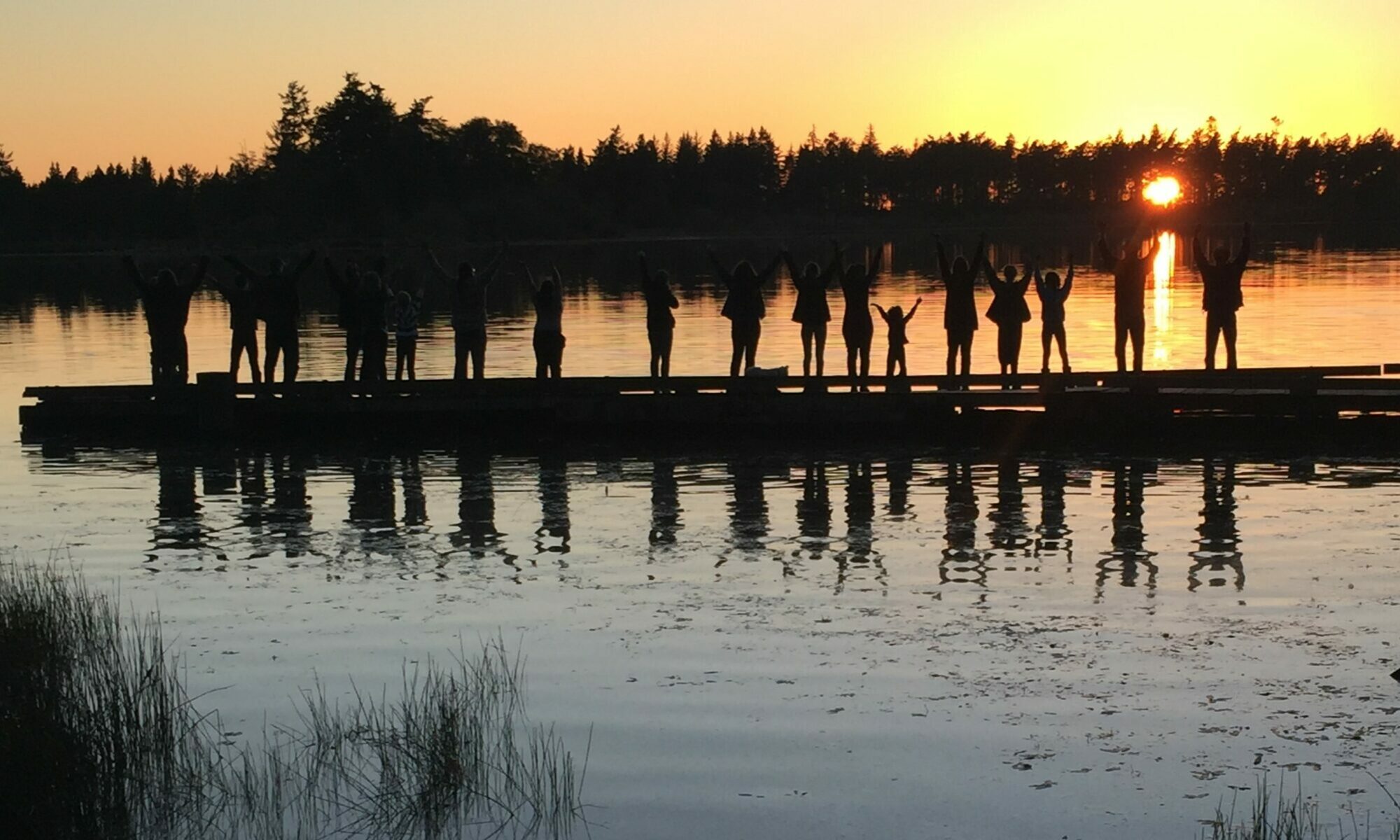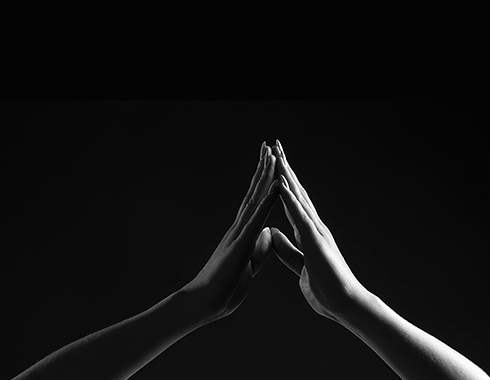
“The most intense conflicts, if overcome, leave behind a sense of security and calm which is not easily disturbed, or else a broken-ness that can hardly be healed. Conversely, it is just these intense conflicts and their conflagration which are needed in order to produce valuable and lasting results”….Carl Jung
For the past 34 years, my wife Judith and I have raised our family and lived in an intentional community that we co-created with eight other families in 1990.
It still holds true for us that this endeavor, with the idea of sharing resources, raising children together, and nurturing the land made all the sense in the world. We walked into the challenges of community with a sense of confidence, determination, and purpose, as did most of the other people involved.
Romantic ideas of deepening friendships, working harmoniously together, and enjoying the families we always wanted soon faded into arguing over details, hurt feelings, and taking sides. Things began looking more like the families we always had. This inevitably led to painful breakdowns and disillusionment. The challenges of entering this new world of intentional community took us far beyond our individual comfort zones and at the very least, began to clarify what wasn’t working.
We had great intentions and purpose, but, hard as it was for us all to admit, we had much to learn in regard to the qualities and abilities needed to create a sense of unity and mutuality.
Almost all of us were individually involved in some form of leadership in the greater community; however, we still had roots set deep in a culture steeped in hierarchy and models of domination. Sometimes it felt as if each of us carried our own flags believing that if we waved it high enough others would follow. It seemed we paid more attention to the flags we were waving than to the needs and values of one another and the concerns that were being raised in our activities as we worked together.
Sexism, classism, racism, ignorance, and the fears that sponsored them throughout our society still ran deep within our own little circle of highly motivated activist friends. These fearful strategies came up in unconscious ways during the frequent moments of overwhelm that accompany the intimate nature of community relationships. In those times of overload, we would fall back into the default modes of behavior born out of the culture that had suckled us. Behaviors practiced for so long, that they were now a part of our biology.
We resorted to what we knew, we worked hard to educate and change one another. I would point out how someone lacked integrity while suggesting all types of practical methods to improve communication. In turn, they pointed out my shortcomings and tried to educate me. It was the Democrats and Republicans across the aisle all over again.
Desiring to create a community that valued and practiced empowering one another required us to notice and question the deep cultural undercurrents that were so much a part of shaping our lives. We all embodied the practice of “domination” thinking. To change would take more than we thought. The good fight I had been waging in the political arena ended up being the same one I was fighting in the arena of my community.
Had it not been for the bigger vision, sense of purpose, and emotional and financial commitment that we each made, I highly doubt our intentional community would have endured.
We began sharing meals, growing gardens, and building community structures together. We were there to help or witness the births of one another’s children, we initiated coming-of-age rituals for our teenagers and experienced the first death of a beloved elder in our community. Along with the daily-ness of working, playing, and struggling together all of this became compost to feed the seedling of our growing community. Through each new conflict that knocked us down, we learned ways to get back up more quickly, gently, and compassionately. These breakdowns produced cracks in our ideals.
From those cracks sprung new life and possibility. Our community invited trainers and facilitators from other persuasions to help us learn new ways of communicating and working with each other. We looked at other community models. Some ways were more useful than others, but nothing compared to the experiential learning we got through the daily interactions and struggles of a shared life. Some of us pursued and incorporated disciplines and practices to inform reference and ground our lives and work together.
As time went on we began to get glimpses of what was needed to create the kind of community we hoped for. These glimpses also helped us understand the effect of community– how a healthy community in turn helps to create the type of whole individual that can live fully in relationship. We shaped community as it shaped us again and again. Unlike what we had imagined, community was not about all of us walking in lockstep with one another in agreement and harmony; it was about learning to fully accept one another, and more importantly ourselves—especially in the face of disagreement or conflict. Those glimpses were the breadcrumbs that we followed over the years. The powerful organizing principle of Community galvanized our efforts and through it, new stories and practices for compassionate living began to emerge.
Not only did we begin to see how much we had to learn, but as the years went by we also began to experience how the work we were doing was powerful reclamation work for the greater community as well
Through years of struggles, exploration, commitment, and practice the learning began to settle into our bones and our natures, transforming our community as it transformed us again and again. Learning to ride a bike is awkward at first. Through practice, it gets easier to trust in the learning that has settled in us and leave it to our embodied learning to balance and make adjustments while we enjoy the ride.
Throughout the last three and a half decades, people have come and gone in our community. Not everyone is built to meet the degree of challenge and personal transformation that living in an intentional community calls forth. As for my family and I, as we continue our Practice of Community we enjoy the ride more and more. Our children and the children growing up in this environment are a testimonial to the beauty and gifts of Community. They have a profound sense of identity and belonging.
We all carry a hunger for a better world, a place where our children can be nurtured, a place that feels safe, and a need for belonging and worth. Community can be a dynamic evolving process through which the world and ourselves can be effectively transformed.

